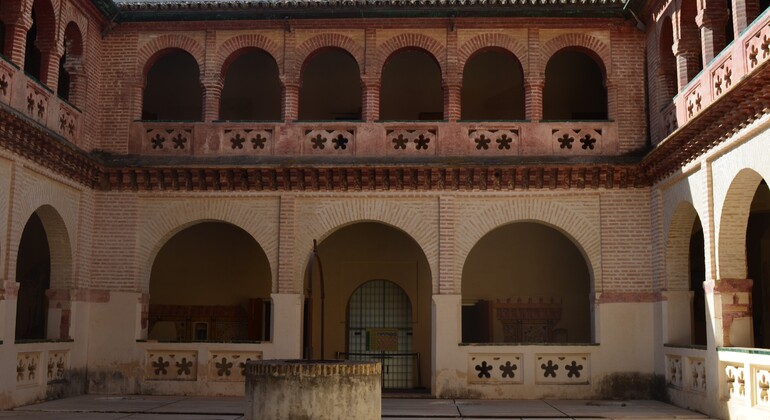The Monastery of San Isidoro del Campo
Join our tour and discover the architectural jewel of Seville: the Monastery of San Isidoro del Campo. Founded by Guzmán el Bueno, this place houses history, art and the first Bible in Spanish. Come and explore it!
Things to do The Monastery of San Isidoro del Campo
The Monastery of San Isidoro del Campo is a medieval jewel that has in its interior places full of stories, in fact, legend has it that under the monastery was a school founded by San Isidoro and, above this, a Mozarabic hermitage that housed the remains of the saint. It was founded by Guzmán el Bueno in 1301 as a family pantheon and today continues to serve for the burial of his lineage, being the last tomb of 2017. The monastery was given by Guzmán el Bueno to the Cistercians so that they could pray for his soul, and they stayed for about a hundred years, until they were replaced by the hermit Hieronymites of López de Olmedo. This order was in charge of pictorially decorating the monastery, since the Cistercians were such an austere order that they only had a crucified Christ as decoration. It was an important focus of Protestantism and several monks had to flee because they were persecuted by the Holy Inquisition, since they were reading and translating forbidden books, such as the Bear Bible. It was then that King Philip II expelled this order and gave the monastery to the Hieronymites, who stayed until its disentailment.
Included
Meeting point
Entrada al Monasterio.
















